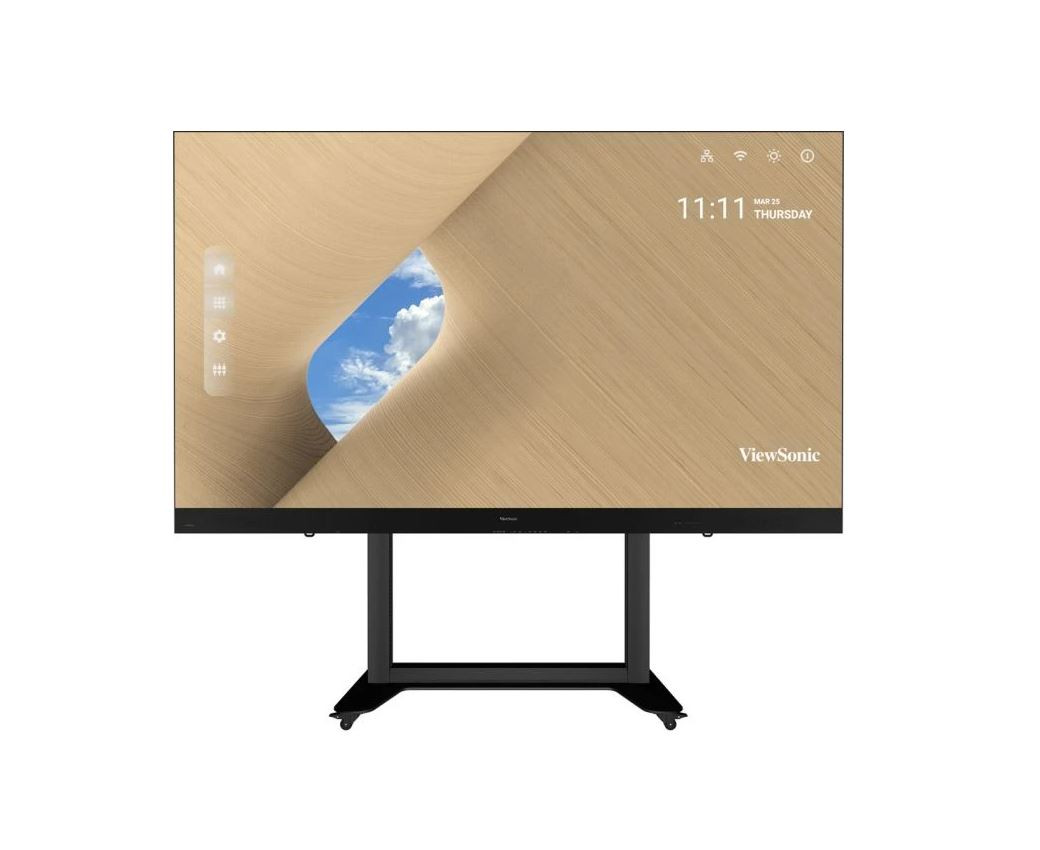































£116,398.80*
- Resolution 1920 x 1080 Full HD
- Max. Brightness 600 cd/m²
- Panel type LCD
- Contrast Ratio 6,000 :1


Product information
The ViewSonic® LDS135-153 is a foldable 135-inch all-in-one LED display that is characterised by immediate readiness for use, easy delivery and convenient maintenance, making it the ideal rental solution for events, exhibitions or other short-term applications. The pre-assembled design and integrated motorised height-adjustable base enable effortless set-up in just a few minutes. The IP54-certified LED modules offer enhanced protection against impact, dust and moisture during installation and operation thanks to the Glue-on-Board (GOB) surface finish. With Harman Kardon's seamless large screen and superb integrated speakers, you can impress your audience anywhere from high-end boardrooms and receptions to galleries, auditoriums and other large venues.
Highlights:
- Pre-assembled kit for immediate use
- Collapsible screen with movable flight case for easy transport
- Shockproof, dustproof and moisture-resistant thanks to GOB surface treatment
- Built-in stand with motorised height adjustment
- Impressive sound from Harman Kardon speakers
- Seamless large display for rental at any event/trade show
Pre-assembled kit for immediate use
The 135-inch LED display comes pre-assembled with LED modules, housings, a system control box and a motorised floor stand. It can be set up in just a few minutes and is ready for immediate use. This saves time and effort and lowers the technical hurdle for installers.
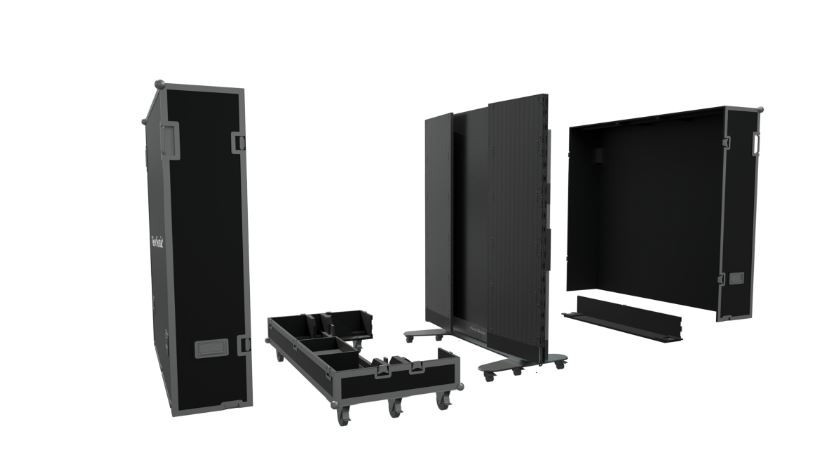
Foldable display for more mobility
The foldable screen reduces the pack size of the flight case by almost 50% compared to the previous generation. The LDS series can now be transported not only in conventional goods lifts, but also in large passenger lifts, which minimises costs and increases comfort.
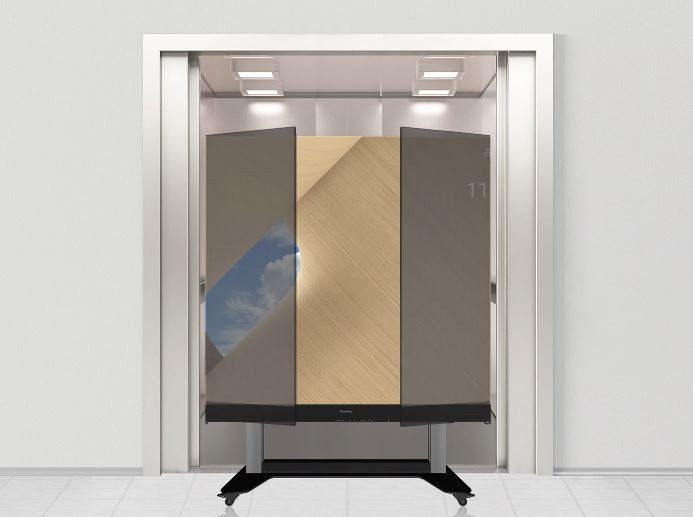
Easy delivery with movable flight case
The movable flight case not only provides secure protection for the modern LED display, but also enables quick and effortless transport from one venue to another.
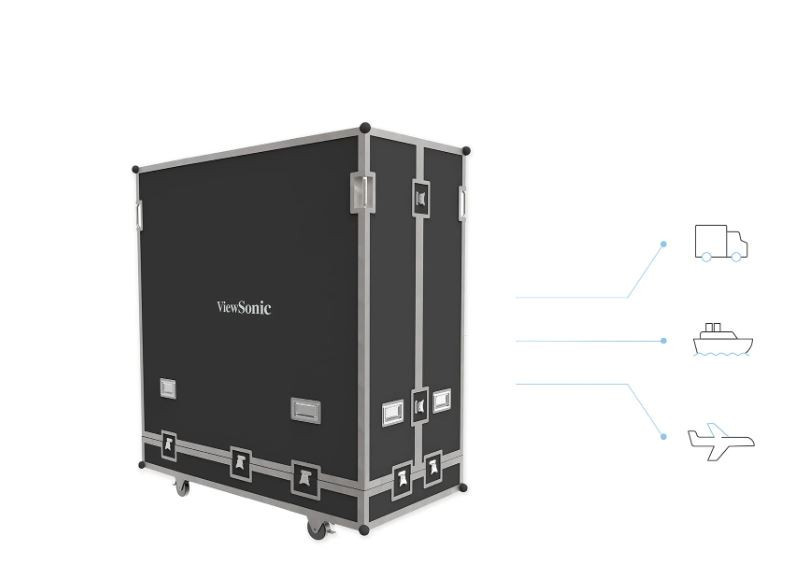
Enhanced durability through advanced GOB surface treatment
This display is designed for exceptional longevity and features Glue-on-Board (GOB) surface treatment technology - a protective process in which the surface of the LED module is sealed with a transparent epoxy adhesive to increase protection during installation and operation.
Integrated motorised tripod for height adjustment
With the built-in motorised tripod, you can easily adjust the height to a maximum range of 65 cm at the touch of a button. To make repeated use of the tripod easier, you can conveniently save up to 3 different height settings.
Easy to move with 360° silent wheels
With the 360° silent wheels and push-button lock, you can move and position the impressive LED display freely - even after unpacking it from the flight case.
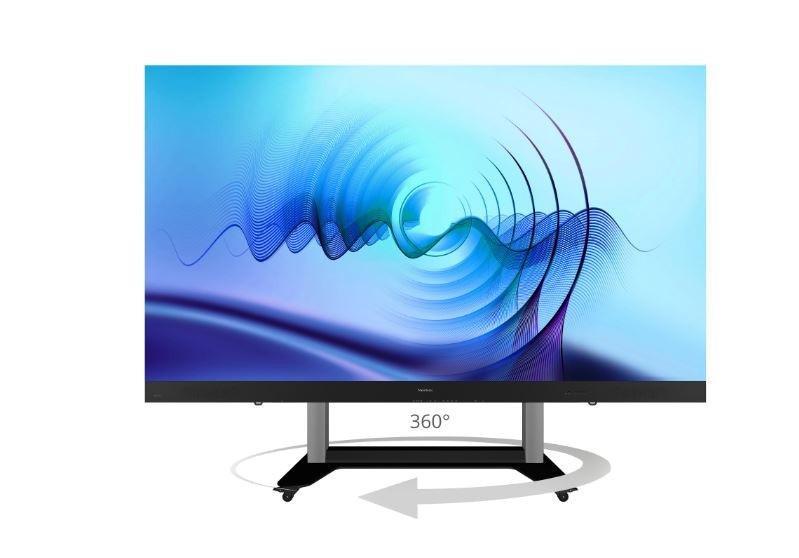
All-in-one integration without complicated configuration.
No more complicated set-up of power supplies, controllers, stitching machines, etc.
Impressive screen size and frameless design
With a huge 135-inch screen that's larger than nine 46-inch LCD screens combined, this frameless display delivers seamless content without distracting edges for a more immersive visual experience. Impress your audience with captivating visuals from anywhere.
Lifelike, vibrant colours
Cinema SuperColor+ technology developed by ViewSonic offers a 120% Rec.709 colour gamut for true-to-life colours. The high brightness of 600 nits with 8 brightness levels ensures incredible clarity at all times.
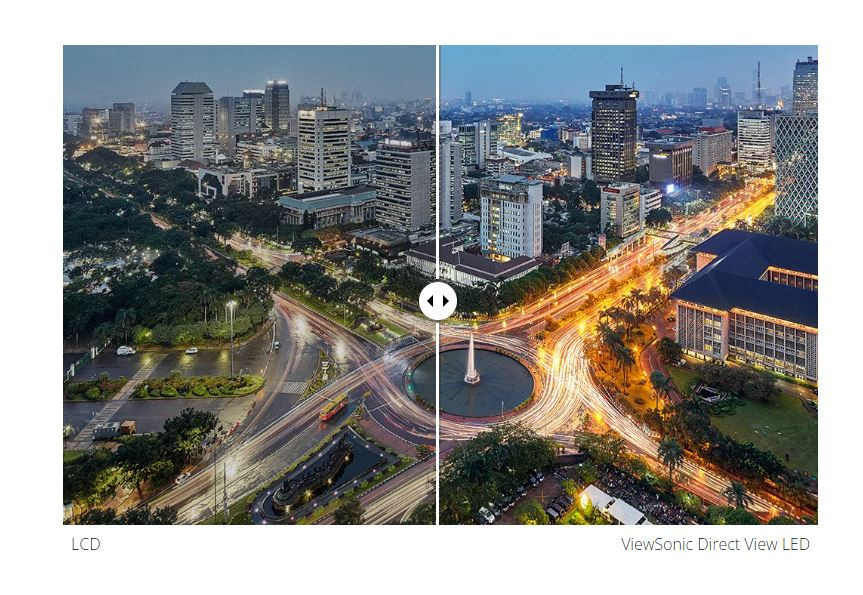
Excellent sound with Harman Kardon speakers
With studio-quality Harman Kardon speakers, you can enjoy hi-fi sound that is clear and audible everywhere. The two 20-watt sets with professional passive radiators, woofers and tweeters deliver impressive sound for a real audiovisual pleasure.
Fascination in every pixel
Thanks to the lightning-fast refresh rate of 3,840 Hz, the fine pixel pitch of 1.5 mm and the high contrast ratio, you can enjoy smooth movements and razor-sharp images in every video, presentation and web conference. The display also supports 4K and HDR/HLG for even more impressive images.
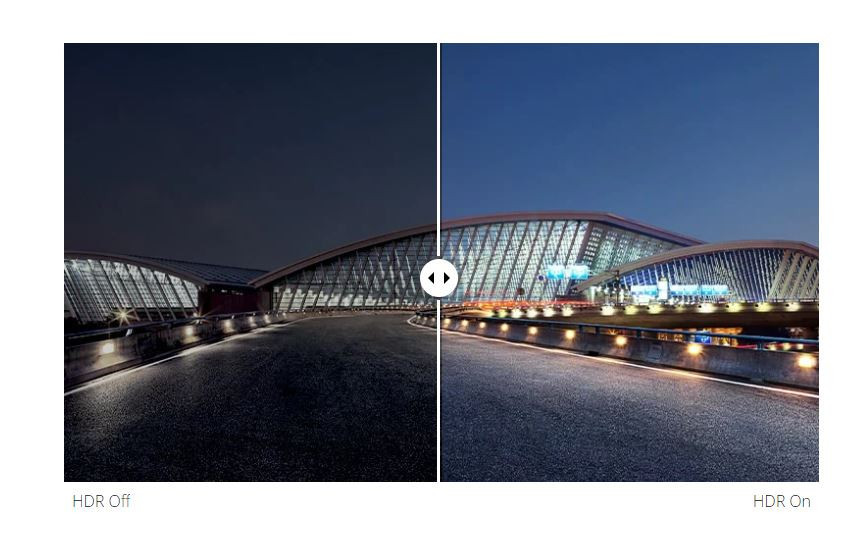
Wireless solution for sharing content across multiple devices
With the pre-installed ViewBoard® Cast, content from mobile devices can be streamed to the display via wireless networks, regardless of whether it is a single device or multiple devices.
Multitasking with integrated operating system and Wi-Fi
With the integrated operating system and 2.4G/5GHz Wi-Fi, users can work in a familiar PC environment, install applications, browse the web, play multimedia content, connect wireless devices and much more.
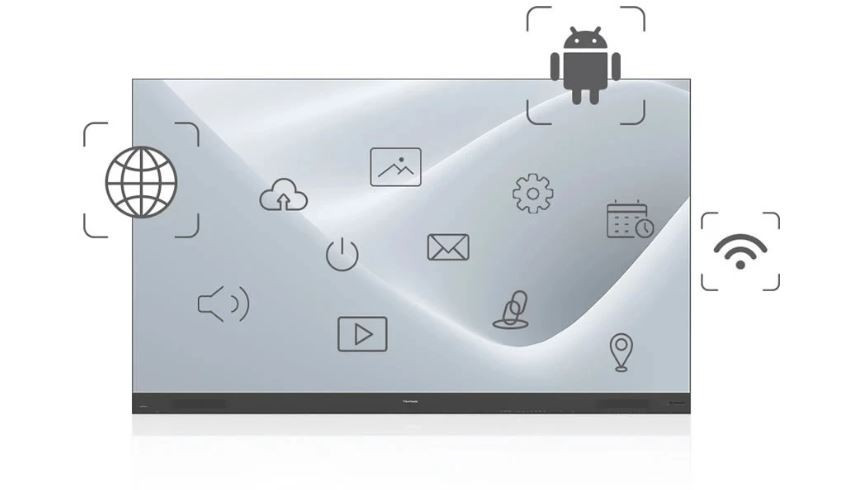
Multiple content on one screen
Video conferences and online collaboration are now even more flexible and creative thanks to the intuitive split-screen function of the LED display. The display supports picture-by-picture (up to 4 different inputs) or picture-in-picture (one screen in another screen) in real time.

Technical data
| Name | ViewSonic LDS135-153 135" Display |
|---|---|
| Article number | 1000032337 |
| GTIN/EAN | 0766907028560 |
| Manufacturer SKU | LDS135-153 |
| Model name | LDS135-153 |
| Brand | ViewSonic |
| Product Type | Non-Touch Display |
| Product Series | ViewSonic LDS Series |
| Technology | LCD |
| Panel type | LCD |
| backlight | LED |
| Resolution | 1920 x 1080 Full HD |
| Diagonal | 135" |
| Aspect Ratio | 16:9 |
| Viewing angle - Horizontal | 170° |
| Viewing angle - Vertical | 170° |
| Contrast Ratio | 6,000 :1 |
| Max. Brightness | 600 cd/m² |
| pixel pitch | 1.56 mm |
| run-time | 24/7 |
| Refresh Rate | 3,840Hz |
| Frame width | 9.8 mm |
| Operating system | Android |
| RAM | 64 GB |
| Inputs | 1x Ethernet , 1x USB-C , 3x USB-A , 6x HDMI |
| Outputs | 1x 3,5mm Jack , 1x USB-A , 2x HDMI |
| wireless technology | WiFi |
| Features | HDR , HLG , Picture in Picture |
| Product width | 180 cm |
| Product height | 202.28 cm |
| Product depth | 76 cm |
| Weight | 249 kg |
| Colour | Black |
| EEK Spectrum | A to G |
| Delivery contents | Power cable , Remote control |
| Condition | New |
| Warranty | 36 Month |
| Warranty type | Onsite Repair Service and support information |
Product safety
| Person responsible for the EU |
|---|
| ViewSonic Technology GmbH |
| Fürst-Leopold-Platz 1 |
| 46284 Dorsten |
| Germany |
| sales-uk@viewsonic.com |



